Southern Spain, known locally as Andalucía, captivates visitors with its intoxicating blend of Moorish architecture, whitewashed villages, passionate flamenco, and year-round sunshine. This sun-drenched region where Europe and North Africa have mingled for centuries offers experiences that engage all the senses – from the scent of orange blossoms in Seville’s courtyards to the taste of freshly pressed olive oil in Jaén’s countryside. The south represents Spain at its most quintessential yet surprising, where ancient traditions thrive alongside modern innovations.
Here is a list of 15 places to visit in Southern Spain that showcase the region’s incredible diversity and cultural richness.
Seville
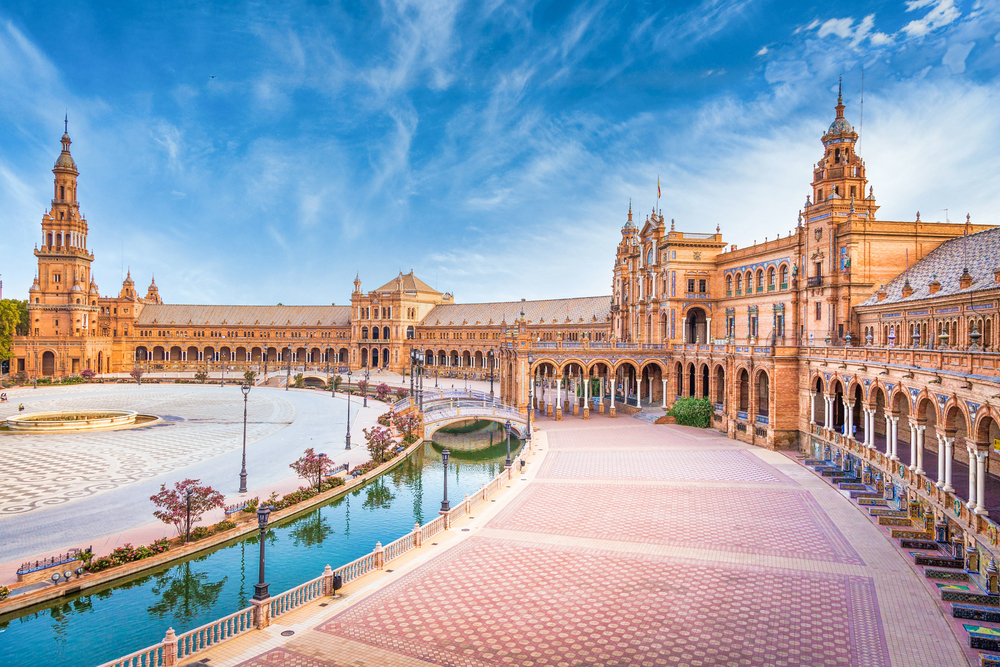
The Andalusian capital seduces visitors with its perfect blend of Moorish splendor and Spanish vitality, creating an atmosphere that feels both exotic and quintessentially European. The massive Gothic cathedral houses Christopher Columbus’s tomb, while the adjacent Alcázar palace showcases Islamic design with gardens that inspired Game of Thrones settings.
Wandering through the narrow lanes of the Santa Cruz quarter feels like stepping back in time, with jasmine-scented courtyards hiding behind ornate iron gates. The city truly comes alive during spring’s Feria de Abril, when locals don traditional dress and dance sevillanas (a regional folk dance) in casetas (tents) until dawn.
Granada
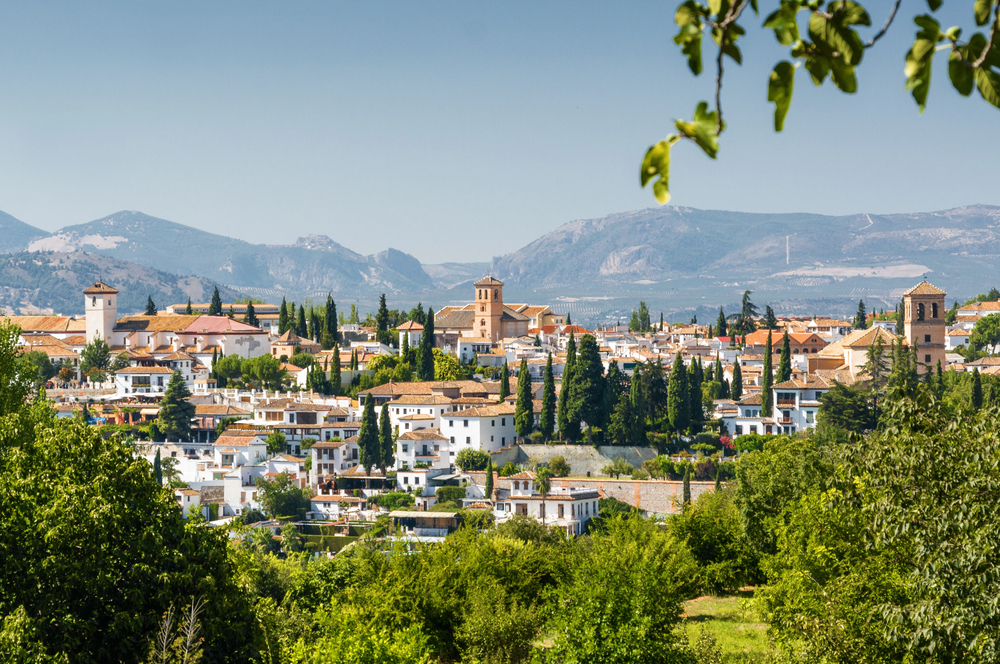
Nestled at the foot of the Sierra Nevada mountains, Granada offers the most spectacular cultural monument in southern Spain – the Alhambra. This sprawling hilltop complex represents the pinnacle of Moorish architecture, featuring intricate geometric patterns, reflecting pools, and gardens designed to replicate paradise on earth.
Beyond the Alhambra lies the Albaicín, the old Muslim Quarter where white houses climb the hillside in a maze of narrow streets. The neighborhood’s mirador (viewpoint) of San Nicolás provides the perfect vantage point for watching the sunset transform the Alhambra into a golden fortress against the backdrop of snow-capped mountains.
Like Travel Pug’s content? Follow us on MSN.
Córdoba
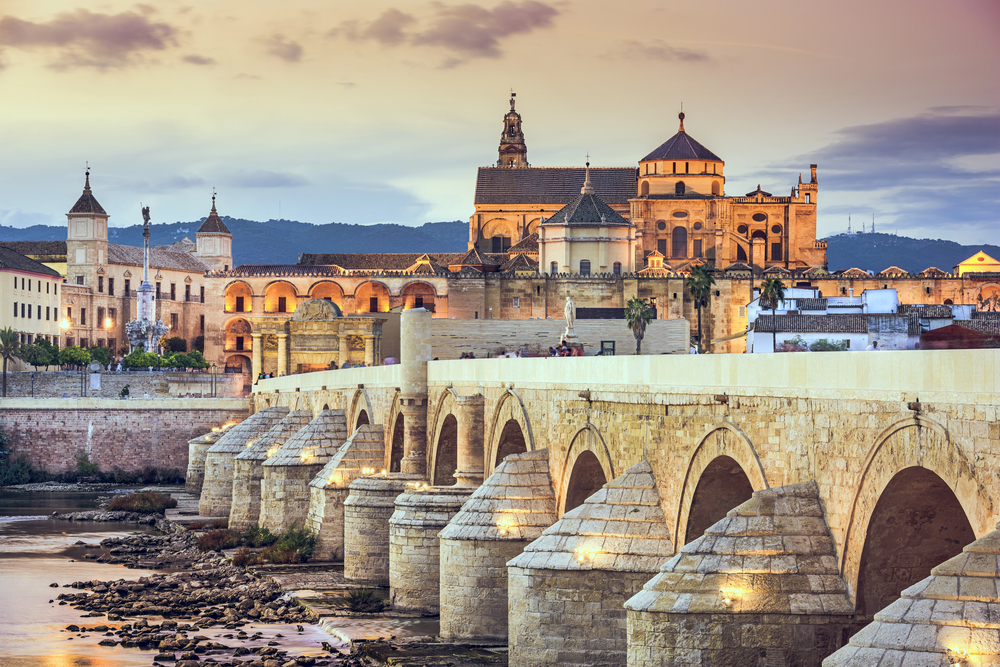
Once the intellectual center of Europe, Córdoba’s historic center revolves around its mesmerizing Mezquita – a vast mosque-cathedral where hundreds of candy-striped arches create a hypnotic forest of columns. The Jewish Quarter surrounds this monument with flower-filled patios and narrow streets that burst into bloom during the city’s famous May patio festival.
The ancient Roman bridge spans the Guadalquivir River, leading to the fortified Calahorra Tower that now houses a museum on Andalusia’s multicultural past. Despite summer temperatures that can soar above above 100°F (38°C), Córdoba’s shaded courtyards and ancient water systems keep visitors cool in the same way they have for centuries.
Ronda
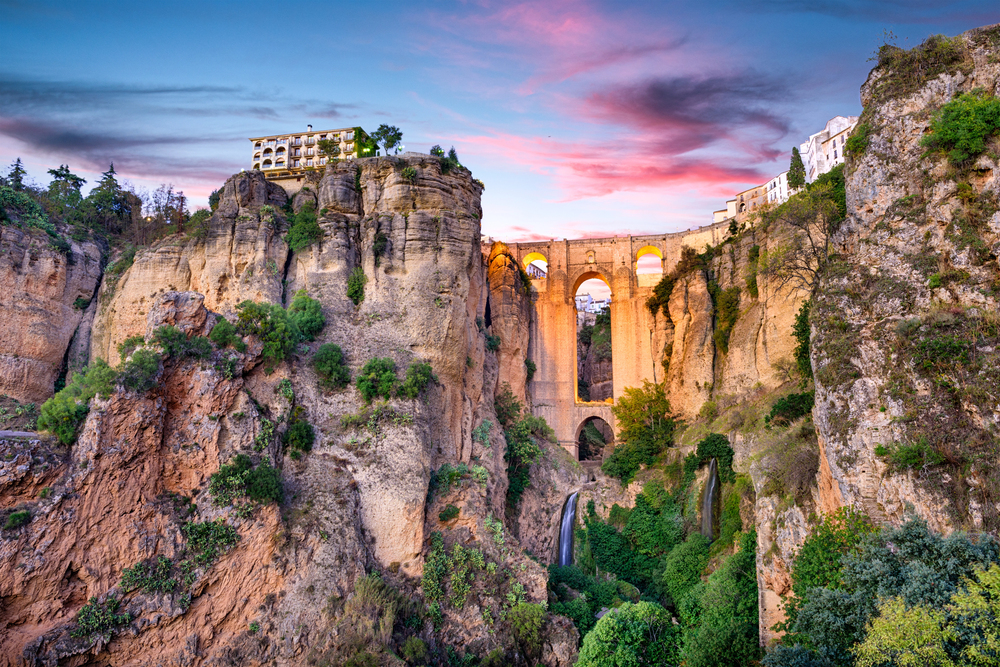
Perched dramatically on the edge of a 400-foot-deep gorge, Ronda’s setting alone justifies a visit to this mountain town. The Puente Nuevo (New Bridge) spans the El Tajo canyon with architectural audacity, connecting the old Moorish town with the newer El Mercadillo district. Bullfighting enthusiasts make pilgrimages to Plaza de Toros, Spain’s oldest bullring, built in 1785, where modern corrida traditions were established.
Ronda’s elevated position provides spectacular views across the surrounding countryside, with vineyards and olive groves stretching toward distant mountains. The town’s relative isolation has preserved traditions largely unchanged, creating an authentic Andalusian experience away from coastal tourism.
Cádiz
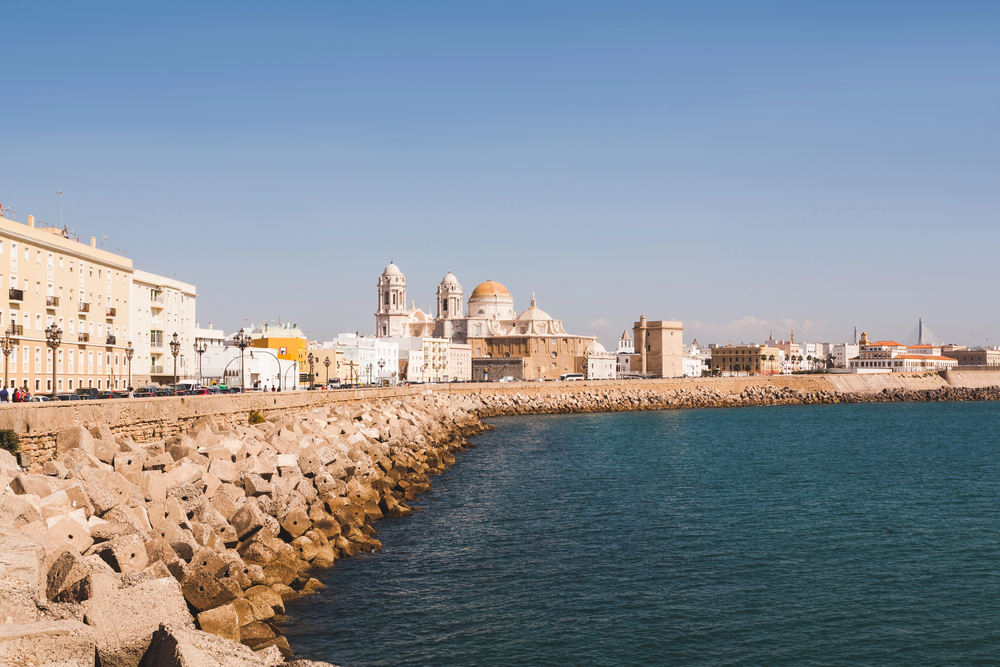
Europe’s oldest continuously inhabited city rises from a narrow peninsula surrounded by the Atlantic Ocean, creating a maritime atmosphere unlike anywhere else in Spain. Founded by Phoenicians 3,000 years ago, Cádiz preserves its history in an old quarter of narrow streets opening onto sunny plazas. The golden-domed cathedral watches over the city while defensive sea walls still guard against the sometimes fierce Atlantic waves.
Despite its ancient roots, Cádiz maintains a youthful energy thanks to its university and hosts Spain’s liveliest carnival celebrations each February. Fresh seafood dominates local cuisine, with fried fish stands along the beach serving paper cones of pescaíto frito (assorted fried fish).
Like Travel Pug’s content? Follow us on MSN.
Málaga
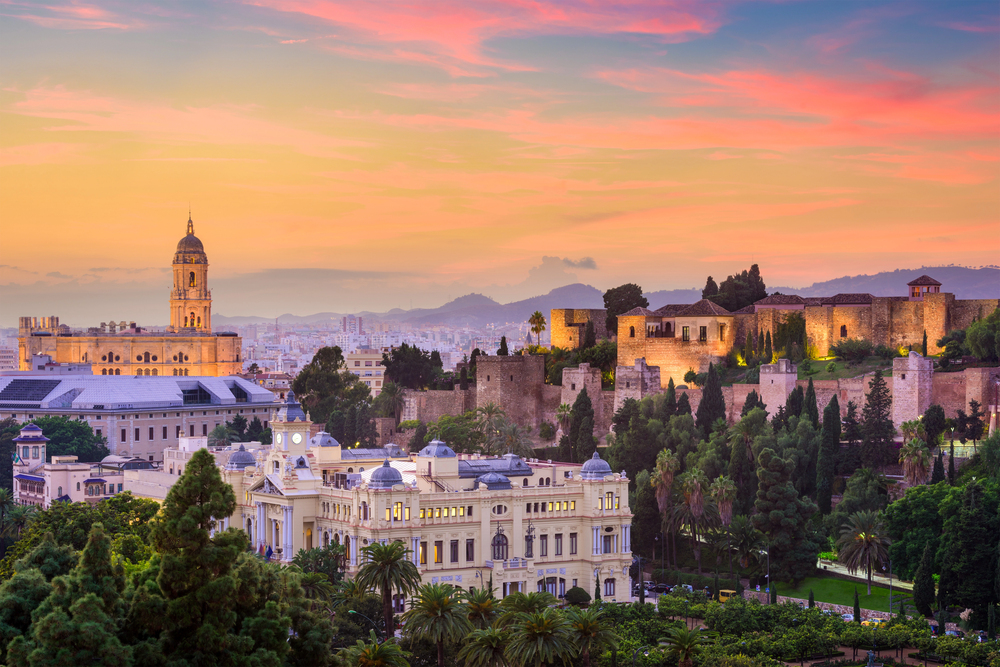
Far more than just an airport gateway, Málaga has transformed itself into a sophisticated cultural hub boasting over 30 museums and a beautifully restored historic center. Picasso’s birthplace honors the artist with an excellent museum housed in a 16th-century palace, displaying works from his various creative periods.
The city’s Moorish fortress, the Alcazaba, climbs a hillside near the Mediterranean shore, connected to the older Gibralfaro castle by a scenic rampart walk. Málaga’s culinary scene has exploded in recent years, with traditional tapas bars operating alongside modern bistors and a vibrant covered market. The nearby beaches offer urban sun-seeking without needing to venture to resort towns.
White Villages Route
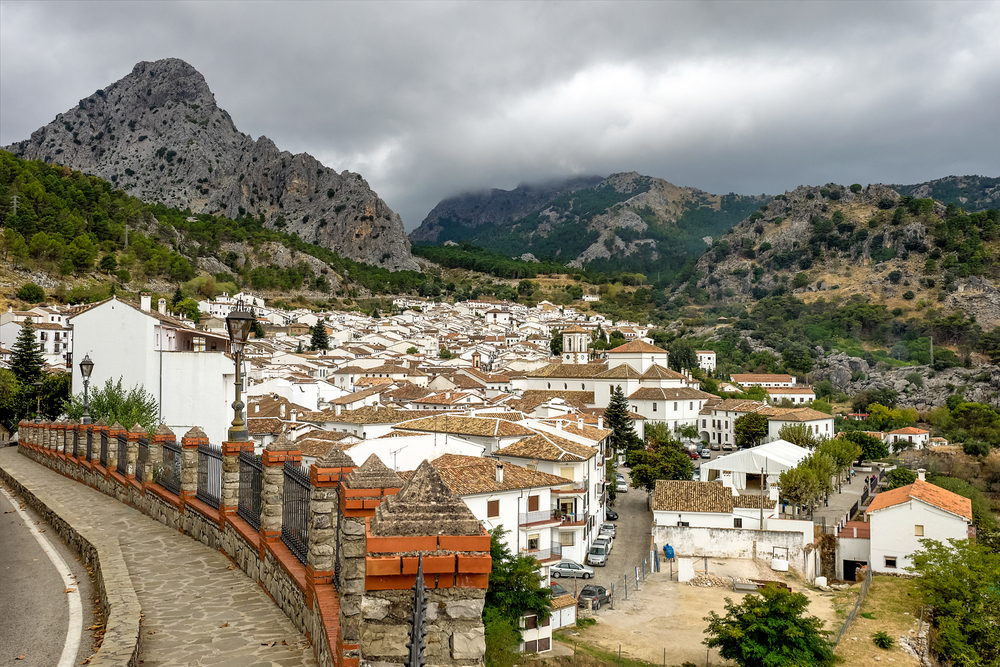
Scattered across Andalusia’s mountainous landscape, the pueblos blancos (white villages) gleam like snowdrifts against green hillsides and clear blue skies. These settlements, with their whitewashed buildings and red-tiled roofs, evolved from defensive positions during centuries of frontier warfare between Christian and Moorish kingdoms.
Villages like Zahara de la Sierra, perched beneath a ruined castle, or Grazalema, nestled in a natural park, offer visitors glimpses of rural Spanish life largely unchanged by modern tourism. Narrow cobblestone streets climb steep hillsides, opening onto panoramic vistas of olive groves and distant sierras. Each village maintains distinct traditions, from cheese-making in Grazalema to exceptional olive oil production in Olvera.
Nerja
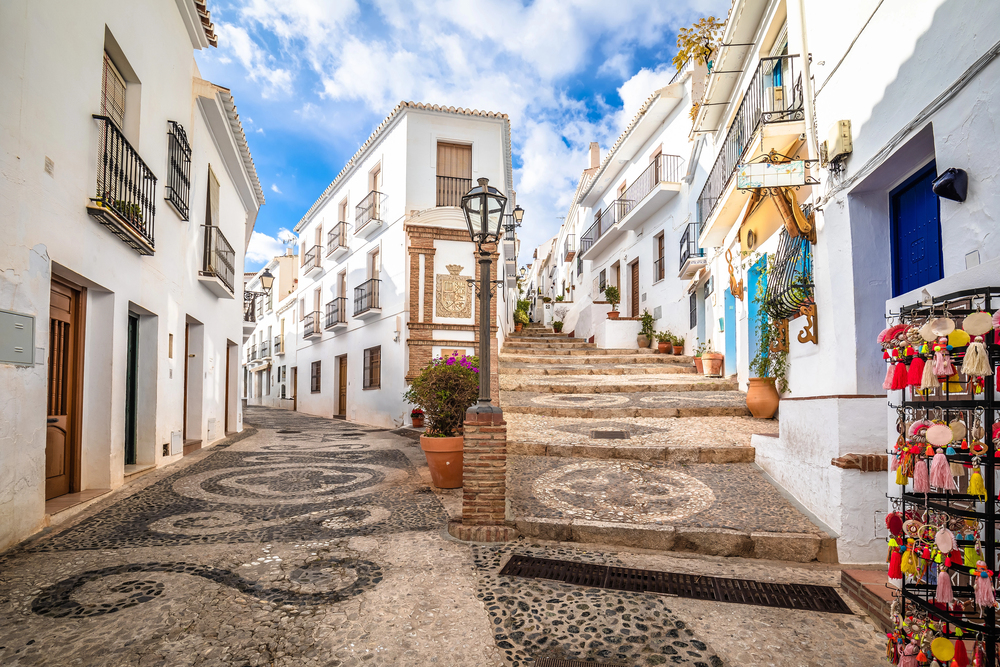
This former fishing village has grown into a popular coastal destination without sacrificing its Andalusian character or natural beauty. The town’s iconic Balcón de Europa provides sweeping Mediterranean views from a palm-lined promenade built on the foundations of an old fortress. Below the town, hidden coves shelter beaches between rocky headlands where crystal-clear waters invite swimming nearly year-round.
Nerja’s most spectacular attraction lies underground in the massive cave system discovered in 1959, where vast chambers showcase dramatic stalactite formations and prehistoric cave paintings. Despite development, the surrounding countryside remains pleasantly agricultural, with avocado and mango orchards thriving in the subtropical microclimate.
Like Travel Pug’s content? Follow us on MSN.
Doñana National Park
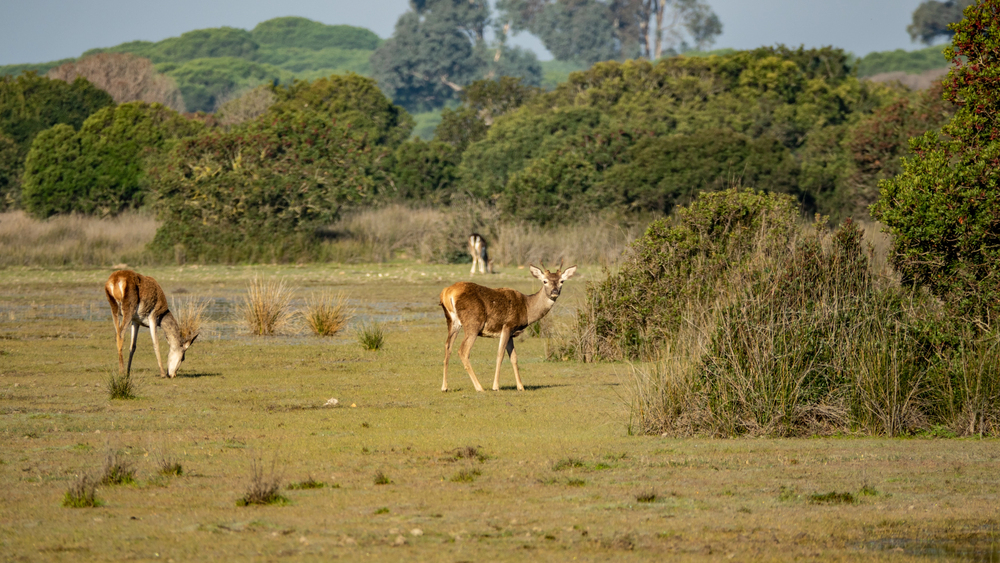
Spain’s largest protected wetland creates a wildlife paradise where migratory birds rest by the thousands during spring and fall journeys between Europe and Africa. The park encompasses diverse ecosystems, including marshes, pine forests, Mediterranean scrubland, and miles of undeveloped beaches along the Atlantic coast.
Lucky visitors might spot endangered species like the Iberian lynx or Spanish imperial eagle, while the flamboyance of flamingos creates pink reflections in the shallow lagoons. Access remains intentionally limited to preserve the fragile environment, with guided tours departing from surrounding villages on specialized vehicles designed to minimize impact on the sandy terrain.
Jerez de la Frontera

The birthplace of sherry wine welcomes visitors with tours of historic bodegas where the fortified wine ages in oak barrels stacked in cathedral-like halls. The city’s name derives from the Arabic word for sherry (sherish), reflecting its Moorish past, still visible in the Alcázar fortress.
Jerez claims to be the cradle of flamenco, with performances ranging from tourist shows to authentic peñas (clubs) where locals gather for spontaneous displays of this passionate art form. The city’s other famous export – Andalusian horses – takes center stage at the Royal Andalusian School of Equestrian Art, where the ‘dancing horses’ perform their balletic dressage routines.
Sierra Nevada National Park

Spain’s largest national park protects a mountain range that rises dramatically from Mediterranean shores to continental Europe’s southernmost ski resort. The park contains peninsular Spain’s highest peak, Mulhacén (11,413 ft), creating an alpine environment just two hours from coastal beaches.
During summer months, hiking trails traverse wildflower meadows and crystal-clear mountain lakes, while ancient irrigation systems built by Moorish farmers still channel snowmelt to villages below. The park’s biodiversity astonishes visitors, with over 2,000 plant species including many found nowhere else on earth. Winter transforms the upper elevations into a surprisingly good ski destination where sunny slopes often allow skiing in light clothing.
Like Travel Pug’s content? Follow us on MSN.
Baeza and Úbeda
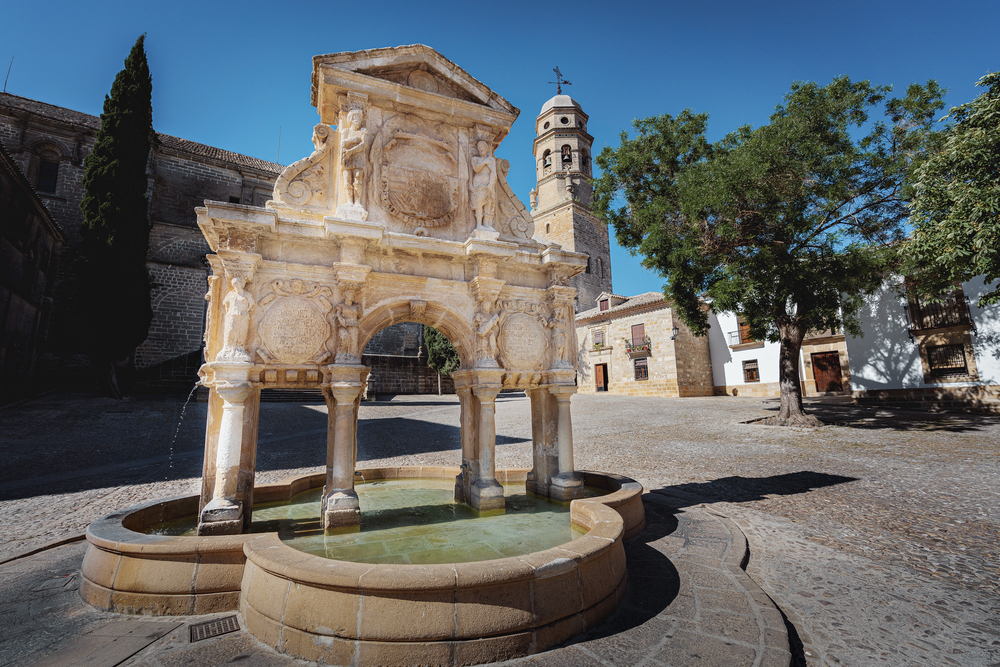
These twin Renaissance jewels shine in Jaén province’s sea of olive groves, showcasing Spain’s 16th-century golden age through perfectly preserved plazas and palaces. UNESCO recognized both towns as World Heritage Sites for their harmonious urban planning and exceptional architecture designed by Andrés de Vandelvira.
Baeza’s university buildings and aristocratic mansions surround Plaza del Pópulo, while Úbeda’s Vázquez de Molina Square creates an open-air museum of Renaissance design. Despite their historical importance, both towns maintain an authentic local character away from mass tourism routes. The surrounding countryside produces some of Spain’s finest olive oil, available for tasting at local mills where ancient and modern production methods operate side by side.
Almería
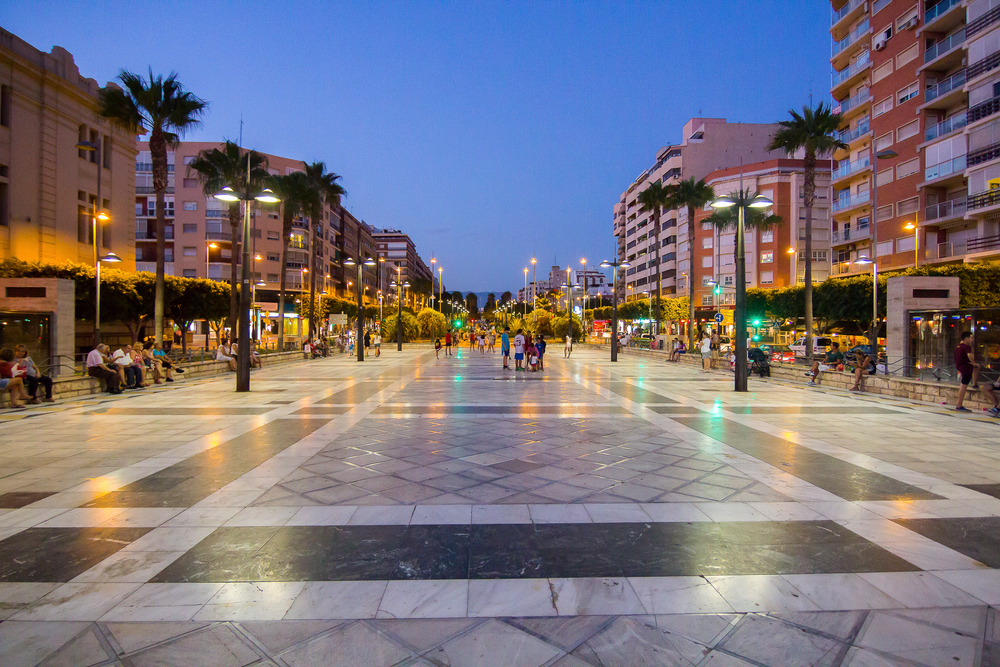
The driest corner of Spain creates landscapes so desert-like that they served as locations for countless spaghetti westerns in the 1960s. The province’s capital city rises around an imposing Moorish fortress, the Alcazaba, second in size only to Granada’s Alhambra. The cathedral resembles a fortress rather than a place of worship, built to withstand frequent pirate attacks along this vulnerable coastline.
Just outside the city, Cabo de Gata Natural Park protects volcanic landscapes where crystalline coves hide between dramatic cliffs along an undeveloped shoreline. The province’s agricultural innovation appears in vast greenhouse complexes known locally as “the plastic sea,” producing Europe’s winter vegetables through sophisticated water management techniques.
Tarifa
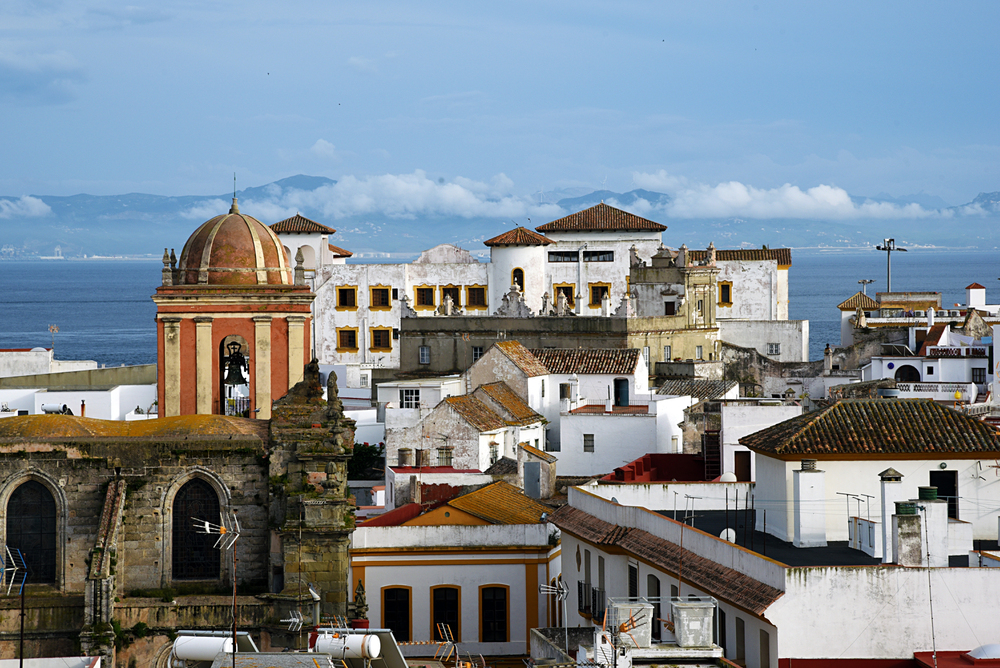
Europe’s southernmost town embraces the winds that funnel through the Strait of Gibraltar, creating perfect conditions for kitesurfing and windsurfing on beaches that stretch for miles along two seas. On clear days, Morocco appears tantalizingly close across the strait, with ferries making the crossing in just 35 minutes.
The old town remains encircled by ancient walls, centered on a castle built to control this strategic passage between continents. Tarifa’s position makes it a prime spot for whale watching and observing bird migrations between Europe and Africa, with specialized tours departing from the port. Despite the influx of wind sports enthusiasts, the town maintains its laid-back charm with whitewashed buildings and bougainvillea-draped streets.
Like Travel Pug’s content? Follow us on MSN.
Antequera
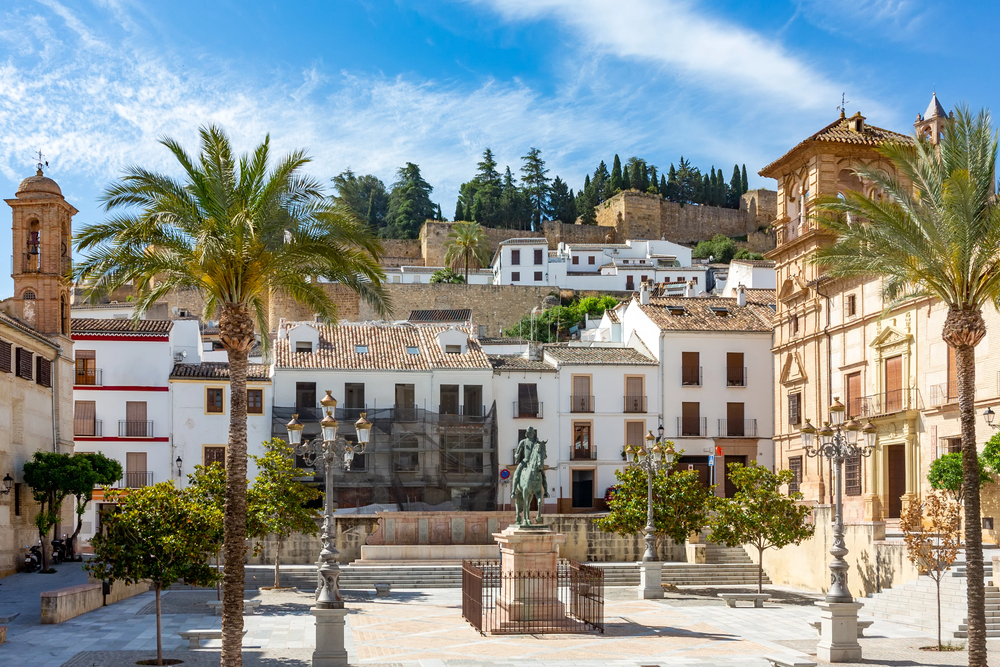
Often overlooked by travelers rushing between better-known destinations, this inland city rewards visitors with remarkable prehistoric monuments and a beautifully preserved historic center. The city’s skyline is dominated by a Moorish fortress and numerous church towers, while the surrounding countryside features the unusual Torcal limestone landscape with its naturally sculpted rock formations.
Most impressive are the 5,000-year-old megalithic dolmens – massive stone burial chambers that predate Stonehenge and the Egyptian pyramids. The curious formation known as Lover’s Rock (Peña de los Enamorados) resembles a sleeping giant’s profile, generating local legends about star-crossed lovers from opposing sides who leaped to their deaths rather than live apart.
Where Europe Meets Africa

Southern Spain represents more than just a beautiful vacation destination – it embodies centuries of cultural exchange between Europe and Africa, Christianity and Islam, tradition and innovation. The region’s unique history created architectural treasures and cultural traditions found nowhere else, while its varied landscapes offer everything from snowy mountains to desert plains within short distances.
Whether exploring grand monuments or simply enjoying an evening paseo (stroll) through a village plaza, visitors discover that Andalucía’s greatest attraction may be its distinctive way of life – one that prioritizes human connection, artistic expression, and finding joy in everyday moments. The memories of southern Spain linger long after returning home, often sparking a desire to return and explore even more deeply.
More from Travel Pug

- Cities Growing so Fast You Won’t Recognize Them in 10 Years
- 13 Destinations Where Tourists Regularly Regret Their Trip
- 16 U.S. Cities That Are Quietly Becoming Travel Hotspots
- Where to Travel If You Love Long Bus Rides and Daydreams
- 20 Cities Perfect for Solo Travelers Who Crave Adventure & Culture
Like Travel Pug’s content? Follow us on MSN.
